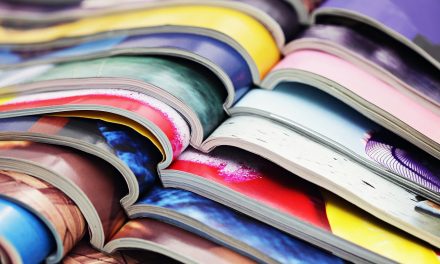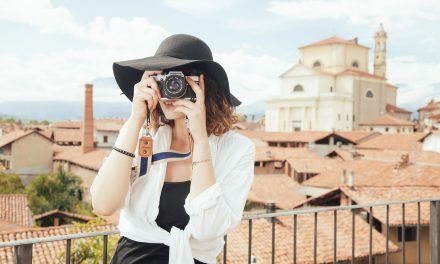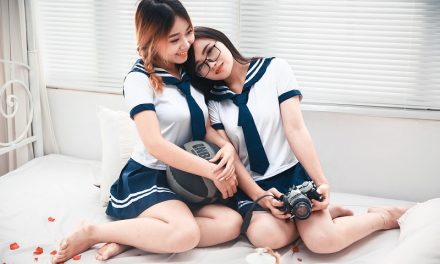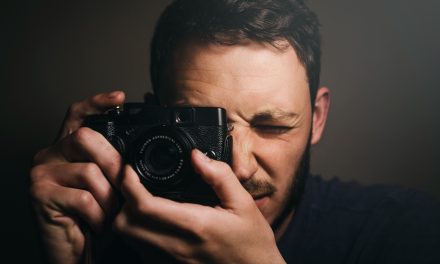When it comes to studio photoshoots, you can have all of the equipment your heart desires. From changeable backdrops to lighting rigs, your only restriction is how much space you have available. If you are working on location, however, you have an entirely different set of restrictions in place. You are limited by what you can carry – and what you can manage to power.
Basic Kit
In the large majority of cases, you will only need a basic kit. This will be enough to get you some fantastic images, and you can then work on them in post-production for those final tweaks. Your camera is the obvious necessity, with at least one lens. You may wish to include two options, perhaps one with a short focal length and one which is a little longer, depending on the purpose of your shoot.
You can also add a reflector to your kit – it’s best to choose one which has multiple sides. You can get four-sided reflectors which offer black, white, silver, and gold sides – the extra two sides being on the inside of a fabric shell which can be flipped inside-out. If it also folds down to a smaller size for transportation, it will be a lot of help.
Finally, if the weather is overcast, you may consider a flash gun. Most photographers who work on location prefer to only use fill-in flash if it is deemed absolutely necessary. Instead, try to use the natural light which is available.
More Serious Options
If you are going in for a more serious shoot, you might want to consider adding a few more items. For example, if you are shooting inside a building where you have been given permission to stage a photoshoot, a lighting kit could be possible.
A maximum of three lights should normally be enough to get the lighting that you require. While there will always be photographers who use a more complicated set-up, the results will only be marginally different – to the untrained eye, there may be no advantage at all from adding extra lights. A set of three allows for even lighting from both sides, plus a backlight or something directly in front of the model from above or below.
Invest in a lightweight kit which uses aluminium poles or something even lighter. This will make it easier to carry. Having a carrying case for your lighting kit will also help you to get it to the location without any hassle, as you can then set it up on location and take it down again before you go.
Be careful about bringing your lighting kit if you don’t have permission to be where you are. Particularly if you are obstructing a public place, you may actually be breaking the law. Only think about packing lights if you know you are not going to be causing any trouble.
Along with this lighting kit, you may consider other reflection options such as large white boards, or black boards to help keep some areas in the shade. You can also use different attachments for the lighting kit: umbrellas, softboxes, snoods, and so on. A tripod may be necessary if you are shooting in low light.
Before you decide on your lighting kit, think carefully about what kind of effects you want to produce and what you need to pack with you. You can easily run tests by setting up the lights in another outdoor area, such as your own backyard, to see what it will look like.
Mobile Options
In order to carry out the same kind of shoot you would in a studio, but on location, you will need some upgrades that turn your kit into a mobile studio.
Along with the lightweight poles and carrying kits, there is one more thing your lights will need: power. If you have set up inside a building, you may be lucky enough to get access to sockets where you can plug the lights in. If not, you can instead pick up a battery pack or generator which will do the job. Be warned: these options are often very heavy, difficult to transport, and will only provide you with power for a set length of time.
You could also potentially set up a laptop station, even if you are on location in the middle of a Mongolian field. So long as you have the right kit, you can set up a tethered camera with live images on the laptop no matter where you are.
You will need a folding travel desk or something else to rest the laptop on, along with all of your wires and cables to make the connection and hook your laptop up to your generator. You can also bring along a Wi-Fi dongle or hotspot generator if it is strong enough to find a signal. You could feasibly even edit and send the images off to a client without leaving that Mongolian field – if you have the right stuff.
It can be very expensive to build up a location kit of this type. It’s more suited to those who are well-established as photographers, usually in a commercial or editorial field. If you have a magazine or an advertising client waiting for the images with a big budget, it should be possible to get it done!
Of course, there are more considerations to think about if you have to travel to your location, such as by train or airplane – but we will leave those for another post!
When you are photographing on location, generally speaking, all you need is the basic kit. Most photographers will find the results they desire with this equipment – and indeed, learning how to get great shots without relying on the tricks of the studio can be a fantastic opportunity for a new photographer to improve their skills. If you wouldn’t feel comfortable working with such a small collection of equipment, then it might be time to get some practice in!





